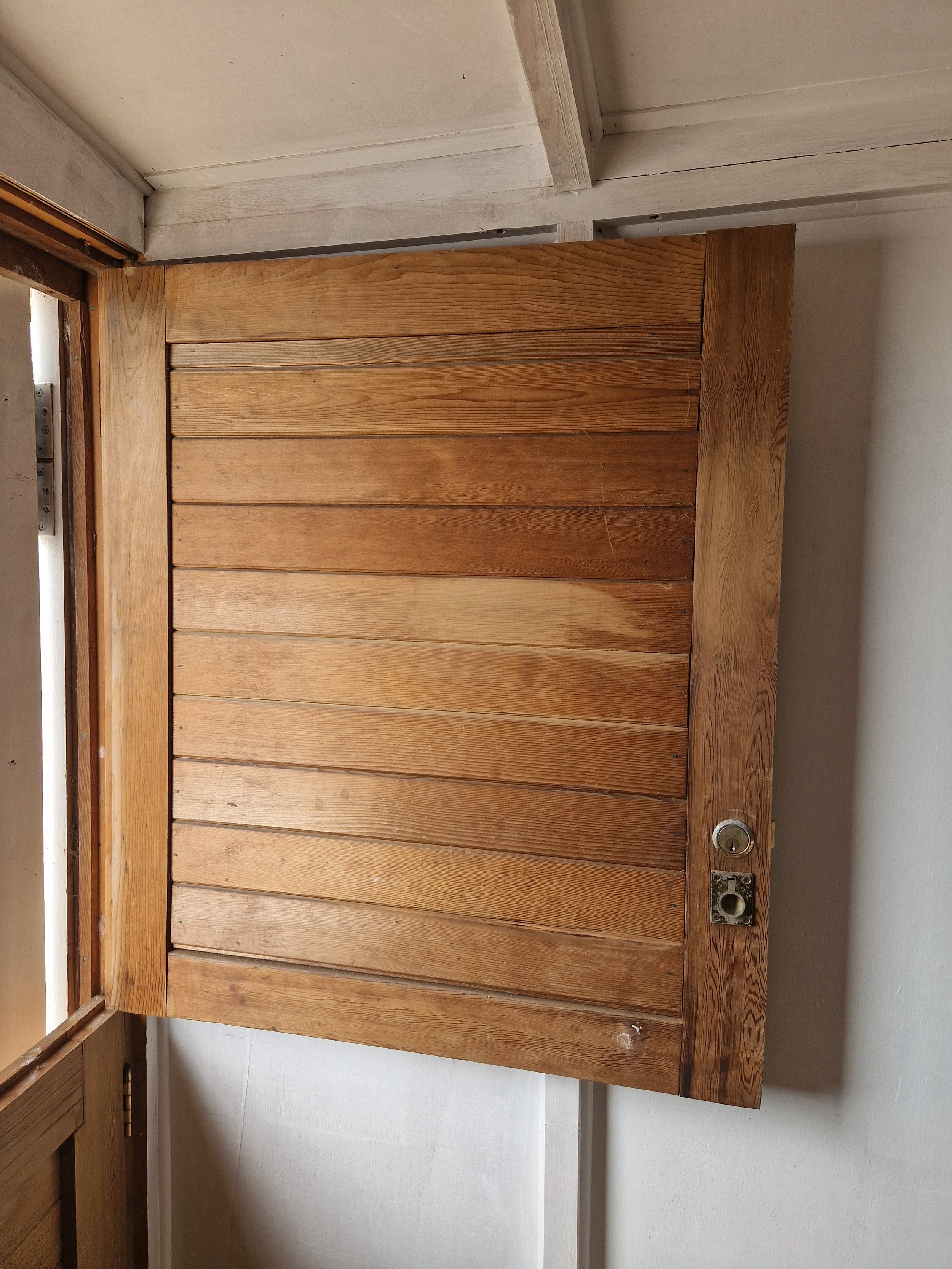
Beach Hut Care - A Guide On How To Keep A Healthy Hut
Beach Hut Painting
-
Our go-to paint is Sadolin Superdec, we’ve tried a huge range of different products and have found this to be the best! Its a water-based acrylic paint which provides a thick paint layer that very rarely peels when applied correctly. It can also handle the movement in the timber and the paint will stretch or shrink with the timber through the seasons.
-
Pretty much everything that’s wood! A common misconception is that the sides of a beach hut don’t have to be painted as much, the sides/back are extremely important to paint! If the timber cladding has little to no paint on, this will just absorb as much moisture as possible, which does struggle to dry as these areas get little to no sunlight to dry! This can lead to rot and high moisture inside the hut that can cause mold.
So we recommend 3 full coats around the hut and then one coat yearly from there on….ALL THE WAY ROUND
-
Some hut’s in Walton-On-The-Naze have barley 100mm between them, sometimes its very hard to paint, we often use long roller poles and make shift long brushes, if the gap is to small, this is the only time we would recommend some plastic guttering in between the gap to direct the rain water away from the sides.












Timber Care
-
Some bits of wood will rot quicker that others on your hut, this can’t be stopped completely, but can be slowed down.
Make sure all the endgrain of the wood is sealed or covered so they can still air naturally. Replacing the worst sections of rotten timber is the most cost effective and sustainable way of repairing and maintaining a hut, not all old timber has to be ripped out.
Try to limit joins to a minimum, cladding in full lengths is best.
-
We recommomend pine shiplap cladding, but it MUST be pressure treated and dried before using.
Pressure-treated wood is wood that has been treated with certain chemicals to help it resist natural decay, mildew, rot, insects, and fires.
Cedar can be a great option too, if you are looking for a natural wood finish. We still recommend protecting with Osmo oil to slow down the greying process.
Cedar can be painted but only with Water-Based paints and lots of prep work before hand.
The main draw back with cedar is it’s price, its very expensive, so not the best option on a budget.
With new huts and doors we use Chestnut to make our door frame cills, an extremely durable wood for the foot traffic in and out the hut.
-
Always use galvanized nails but only with a nail gun! Hand hammered nails don’t hold as well and also do not have a glue bond on the nails, like they do with nails for a nail gun.
Try to use stainless steel screws.
We also use exterior wood screws or decking screws, but these MUST be filled with a 2-part filler and painted. Leave no exposed screws or nails, except for the ones you might need to get too!
Our new huts have well over 2000 screws or nails holding them together, and every single one on the exterior is filled and painted, an EXTREMELY long process but no one wants to see rusty screws!

